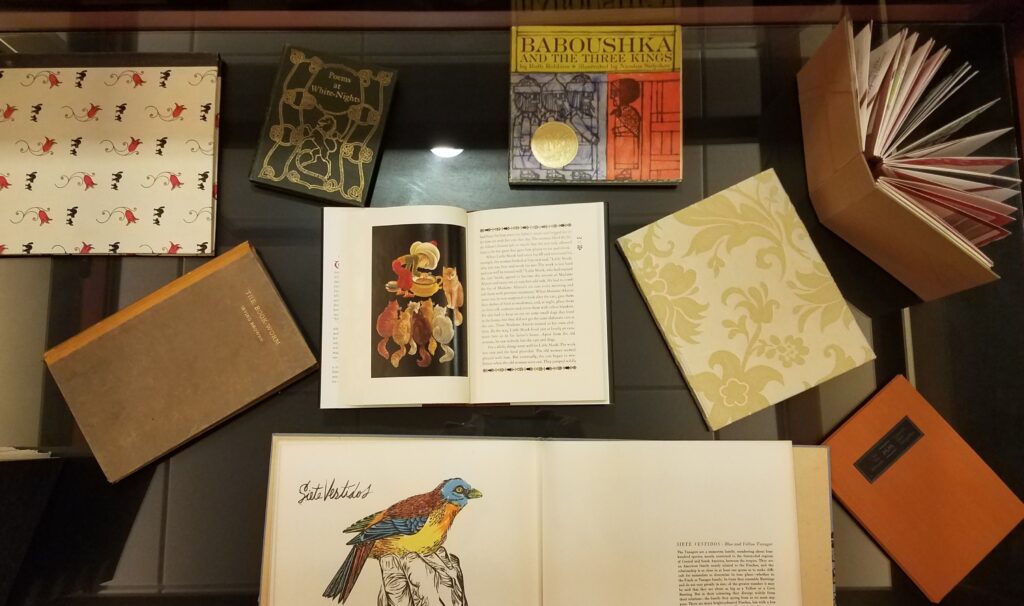Rare Books

Purdue University Archives and Special Collections holds tens of thousands of rare books dating from the 15th century to the present day in order to support the teaching, research, and learning activities of Purdue University. While covering a variety of formats, dates, languages, places of origin, and topical areas, strengths of Purdue’s rare book collections include:
- History of science and engineering
- History of economics and politics
- History of pharmacy
- Psychoactive substances research
- Artist books
- Typography and book design
- Flight and space
- Stained glass and glassmaking
- Worlds fairs and expositions
- Women’s history
- Children’s books
- Indiana history and literature
- Purdue history
Rare books are documented in the Purdue Libraries catalog and can be requested for viewing during an appointment via the “Request Viewing at ASC” button.